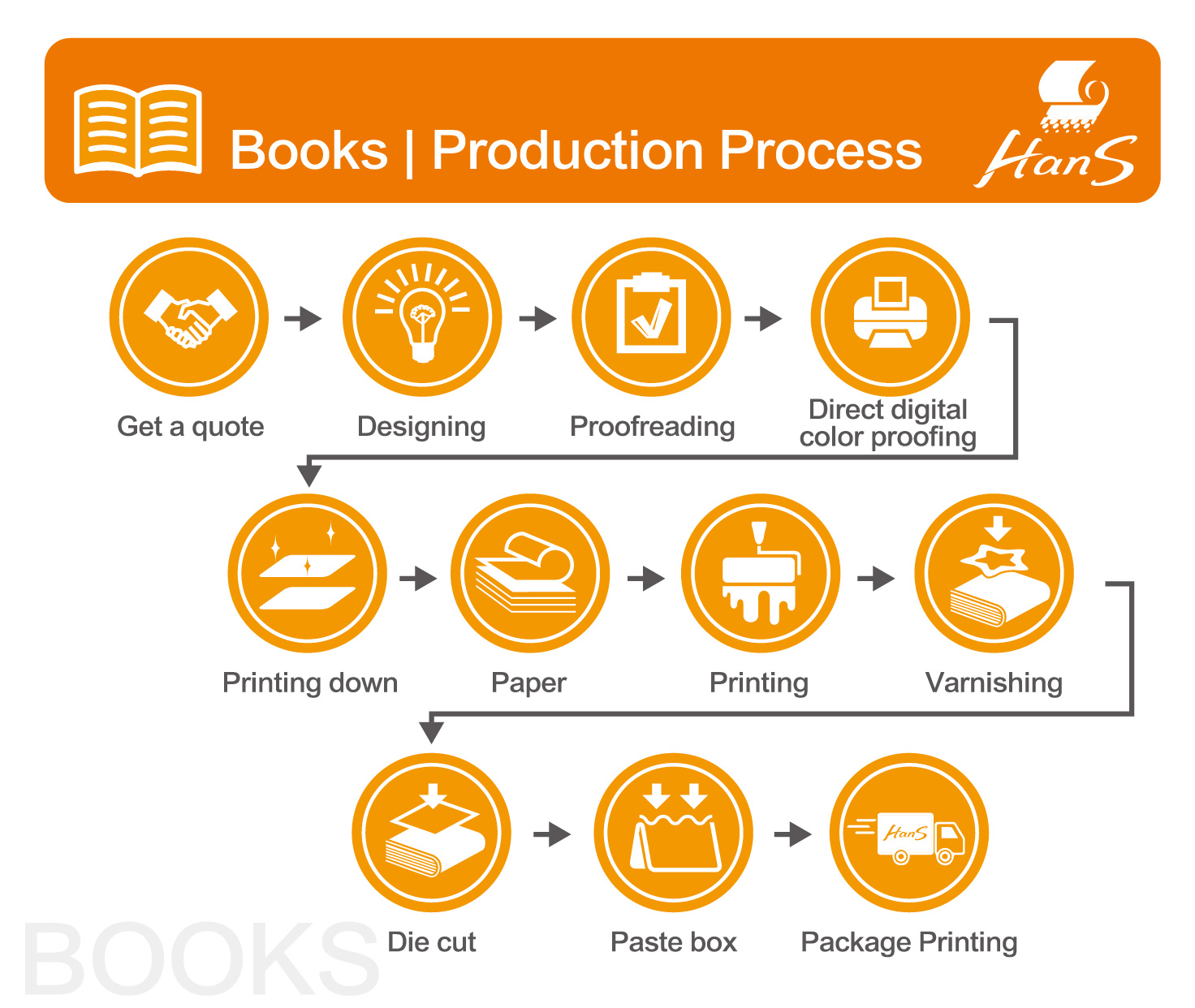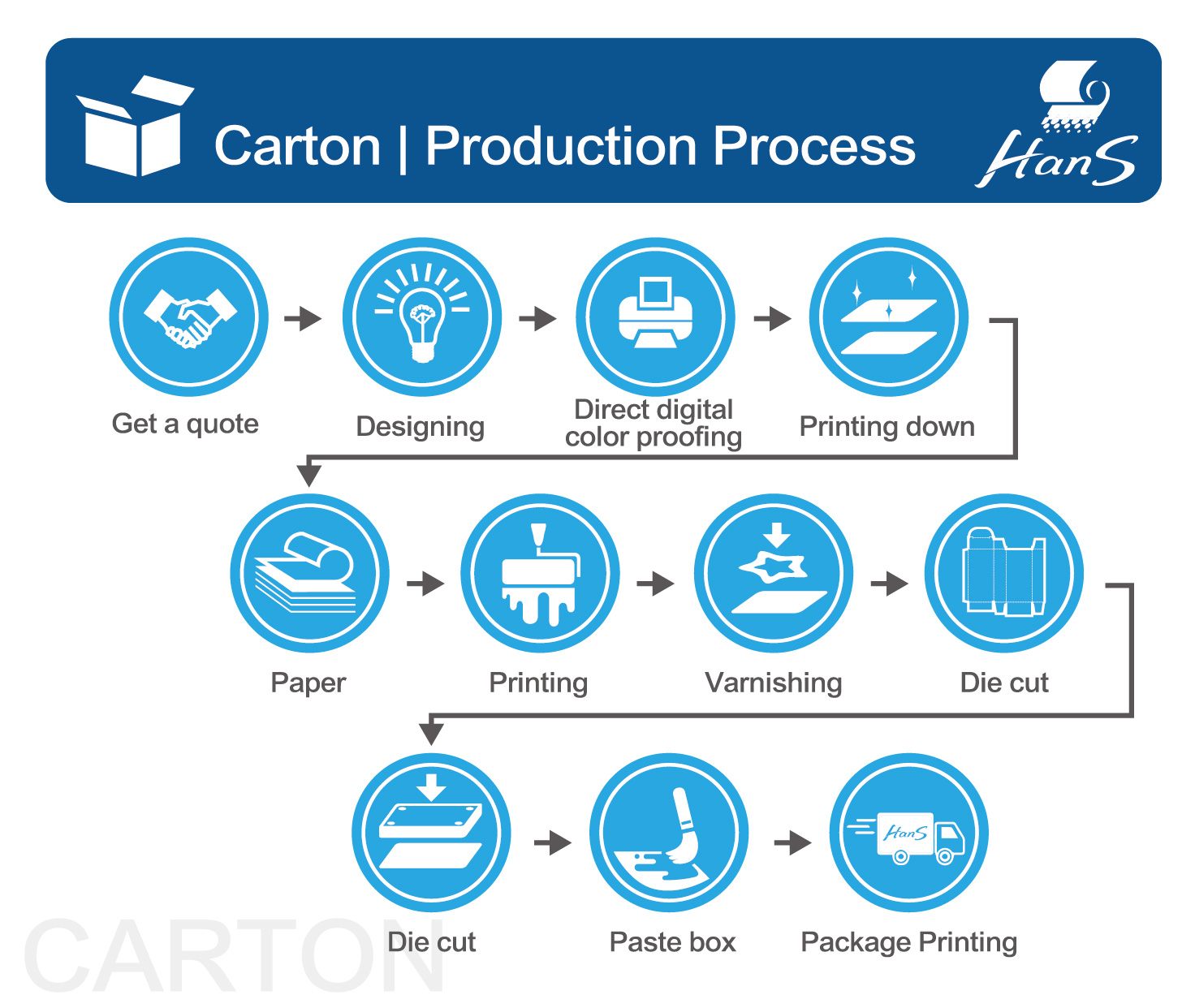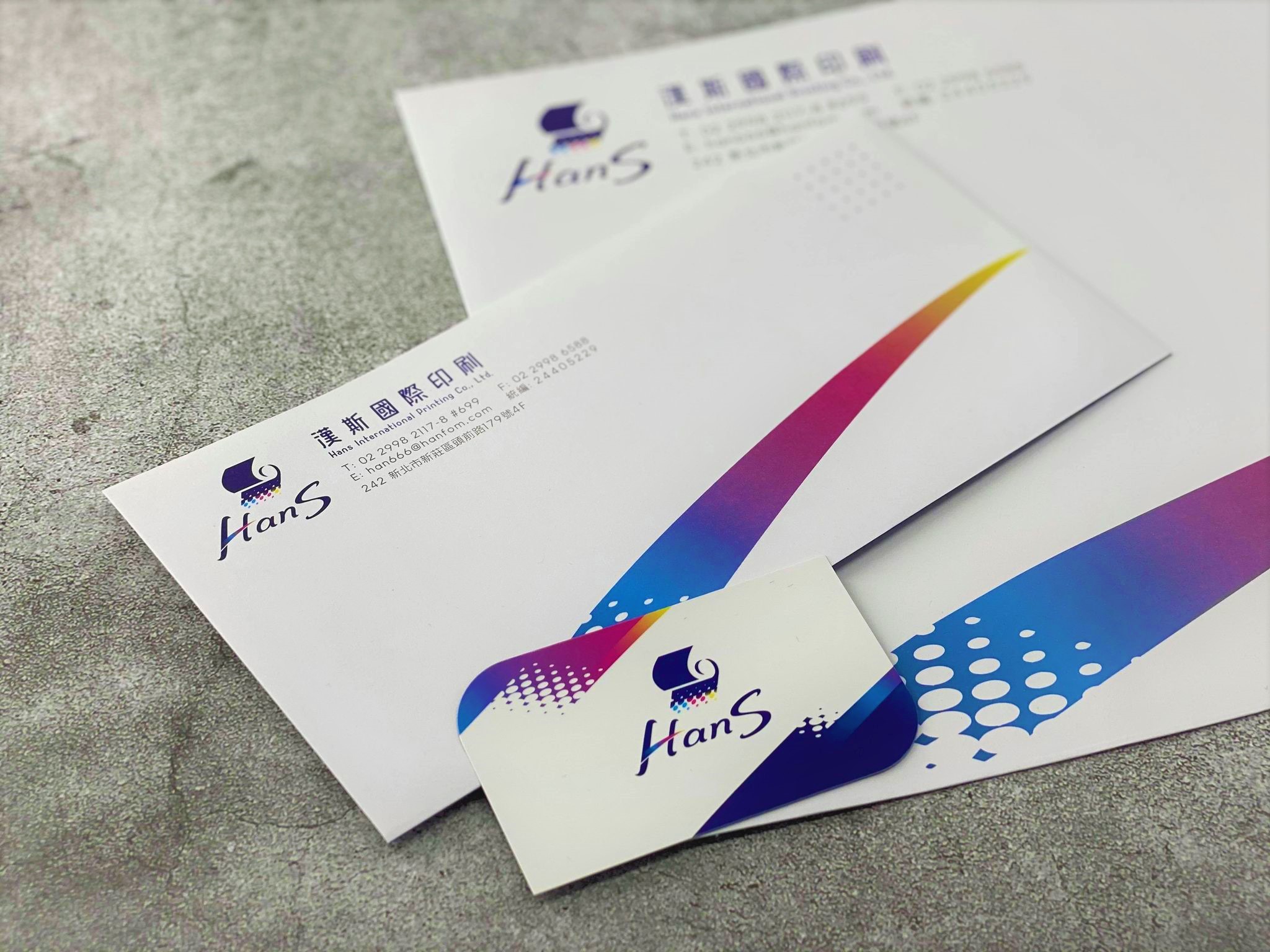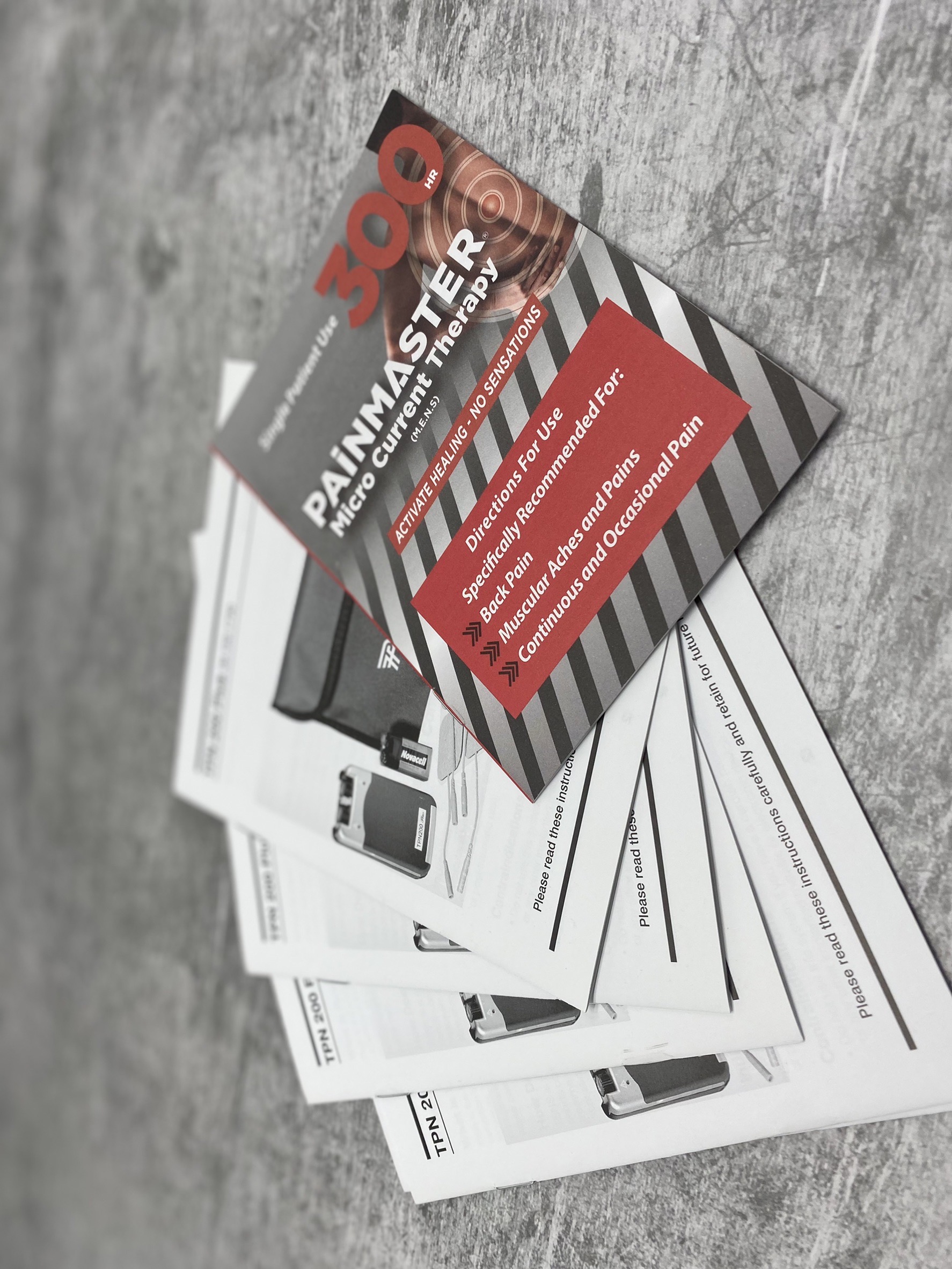Printing Businesses for U.S. SMBs
-
sentiment_very_satisfied
Viewers:
- 0
• Understand Your AudienceBefore creating any print materials, it's crucial to understand your target audience. Consider factors such as demographics, preferences, and purchasing behaviors. Tailoring your print materials to resonate with your specific audience increases the likelihood of engagement. For example, - The older demographics may prefer traditional print formats like brochures and direct mail. - The while younger audiences might appreciate creative designs on business cards or flyers. |
|
• Focus on Quality, Not QuantityFor SMBs with limited budgets, it’s better to invest in high-quality print materials rather than producing large quantities of lower-quality items. High-quality printing reflects the professionalism and reliability of your brand. Whether it’s business cards, brochures, or product catalogs, choose premium paper, vibrant colors, and sharp imagery to make a strong impression. |
|
• Integrate Print with Digital MarketingPrint materials should complement and reinforce your digital marketing efforts. For instance, include QR codes on flyers, posters, or direct mail that link to your website, social media pages, or special promotions. This integration not only increases engagement but also allows you to track the effectiveness of your print campaigns. Consistency in branding across both print and digital media is key to building a cohesive brand identity. |
|
• Personalize Your Print MaterialsPersonalization can significantly boost the effectiveness of your print campaigns. Variable data printing allows you to customize each piece with specific names, offers, or messages tailored to individual recipients. Personalized print materials, such as direct mail or brochures, are more likely to capture attention and drive action, as they create a more direct connection with the recipient. |
|
• Budget WiselyPrinting costs can add up, so it’s important to allocate your budget wisely. Start by identifying the most critical print materials for your business—these might include business cards, brochures, and packaging. Use cost-effective solutions, such as print-on-demand services, which allow you to print only what you need, reducing waste and storage costs. Monitor your printing expenses regularly to ensure they align with your overall marketing budget. |
|
• Measure and Adjust Your StrategyAs with any marketing strategy, it’s important to measure the effectiveness of your print campaigns. Track metrics such as response rates, conversion rates, and ROI to determine what works best for your business. Use this data to refine your printing strategy, focusing on the materials and approaches that deliver the most significant impact. |
|
| For U.S. small and medium-sized businesses, a well-thought-out printing strategy can complement digital marketing efforts and play a vital role in brand development and customer engagement. By understanding your audience, focusing on quality, integrating print with digital, and measuring your results, you can create print materials that effectively communicate your brand’s value and drive business growth. Sustainable practices and personalized touches further enhance the effectiveness of your print campaigns, ensuring your SMB stands out in a competitive market. |
REQUEST A FREE QUOTE |
From planning and filing to the completion of printed matter, printing must go through many procedures, combined with the professional skills of countless people, such as graphic designers, commercial photographers, copywriters, typewriters, artists, color separation technicians, printing technicians, Public workers, printing technicians, bookbinding, varnishing and various processing technicians, etc., without any one, can not successfully complete the printed matter, so they are all important contributors.
We assist many enterprises and organizations in the integrated planning and production of printed materials, focusing on providing comprehensive printing integration services, helping you think more, do more, and win more under limited time and money.

























